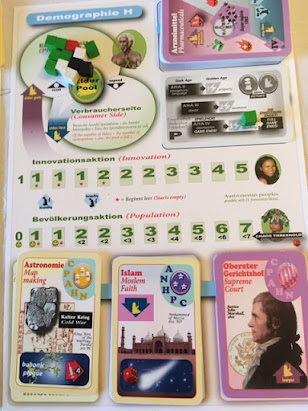Since teaching biochemistry for the first time last semester, I’ve widened my reading to include general aspects of biochemistry that may help me see the big picture and educate myself! I just finished a short book by Athel Cornish-Bowden titled The Pursuit of Perfection. The author chooses interesting vignettes in biochemical evolution to probe the question of whether extant biochemistry is optimal in some sense. How and why did enzymes evolve to what they are today? Today’s blog post is on the first chapter, “Some Basic Biochemistry”.
Likely, the first thing that students learn about biochemistry even before they step into a formal biochemistry class, is about enzymes. Enzymes are crucial biochemical catalysts. Without them, biochemical reactions that involve making and breaking covalent bonds would be much, much slower! But why do we need enzymes? There are many other ways of increase the rate of a chemical reaction. You can heat it up, you can apply pressure, you can provide mechanical or electrical energy, and it works. But the problem with these approaches is that they often lack specificity.
The author puts it this way: “Why should we be impressed at the capacity of enzymes to do the same thing? The fact that an enzyme can do it at low temperatures is part of the answer, but the really impressive aspect of an enzyme is no that it is a good catalyst for a given reaction but that it is an extremely bad catalyst – no catalyst at all, in fact – for virtually every other reaction.” If you were at much higher temperatures, all sorts of unwanted reactions are also taking place, and achieving fine-tuned control is very difficult. That’s why biochemistry tends to only occur under a narrow range of “mild” conditions. Yes, there are some organisms that live in “extreme” environments, but from a universal perspective these conditions are still very narrow.
There is a conundrum, however. If enzymes are specific, they also have to be much larger in size than the reaction they are catalyzing. But why? First the author disposes of a misunderstanding stemming from our perception of “things we can handle”. We think linearly. His example: “If we say that a bed is a bit bigger than a person, we mean… that it is a bit longer than the person who sleeps in it. The fact that it is a lot higher and a lot wider, so that its volume is much larger than that of the person who sleeps in it…” He estimates that “an enzyme is typically 50-100 times larger than the combined volume of the molecules it acts on…” For comparison, “a volume ratio of 70” is typical for a car with a single passenger. For an office with a volume ratio of 70, it would feel tight – like a small closet or cubicle. A rough estimate of my office volume was 300 times my own volume, which was higher than the author’s average of a 200-fold volume ratio for a relatively comfortable office. I feel lucky!
Now to the issue at hand. A smaller enzyme would require fewer resources to biosynthesize. It’s energetically costly to make bigger enzymes with more atoms! Why does it need to be so big? The author writes: “An enzyme is a precision instrument, capable of recognizing its substrates, distinguishing them from other molecules of similar size and chemical behavior, and transforming them in precise ways. In general, the more precise any instrument has to be the bigger it must be, and the relative size difference between an enzyme and the substance that it acts on, is not very different from what you would find if you compare a precision drill with the object to be drilled, if you include the clamps and other superstructure as part of the drill.” I had honestly not thought about it that way before, but it makes good sense, and I’m filing this mental picture for future reference!
But there’s more. An additional constraint is that the enzyme must be “extremely unreactive when not in the presence of the molecules they are intended to transform, to make sure that they do not undergo any unwanted reactions… This is much for difficult for working on a very small molecule than it is for a large one, and we sometimes find that the largest enzymes work on the smallest molecules, and vice versa.” Eeeks! I didn’t know this when I was teaching biochemistry and I wish I did. It makes sense to me, but I just never thought about it that way. Another factoid to be filed for future reference! The author uses the examples of pepsin and catalase to bring his point home.
And then I learned that the reason why we need catalase, and quite a bit of it, in our blood. It converts hydrogen peroxide (H2O2) back into water and oxygen gas. The author lucidly explains: “… any living organism needs to be able to destroy harmful chemicals… that get into cells. There are a great many potential hazards of this kind, and as the cell cannot prepare a separate solution to every conceivable problem that might arise, it deals with many unwanted chemicals by making them react with oxygen… This is a useful step, for example, toward making insoluble poisons soluble in water, so that they can be excreted…” Hence general-purpose (i.e. less specific) enzymes have evolved for this sort of business but they also oxidize water in the process turning it into H2O2, which can be toxic at higher concentrations, so catalase needs to get rid of it. (At lower concentrations H2O2 acts as a signaling molecule, which is what you might expect evolutionarily – poisons get co-opted into signalers.)
All this took the
author just a few pages and I learned so much! I felt very humbled and reminded
that I have a-ways to go before I start to think like a biochemist, but hopefully
I’m on the right road. With help from others!












